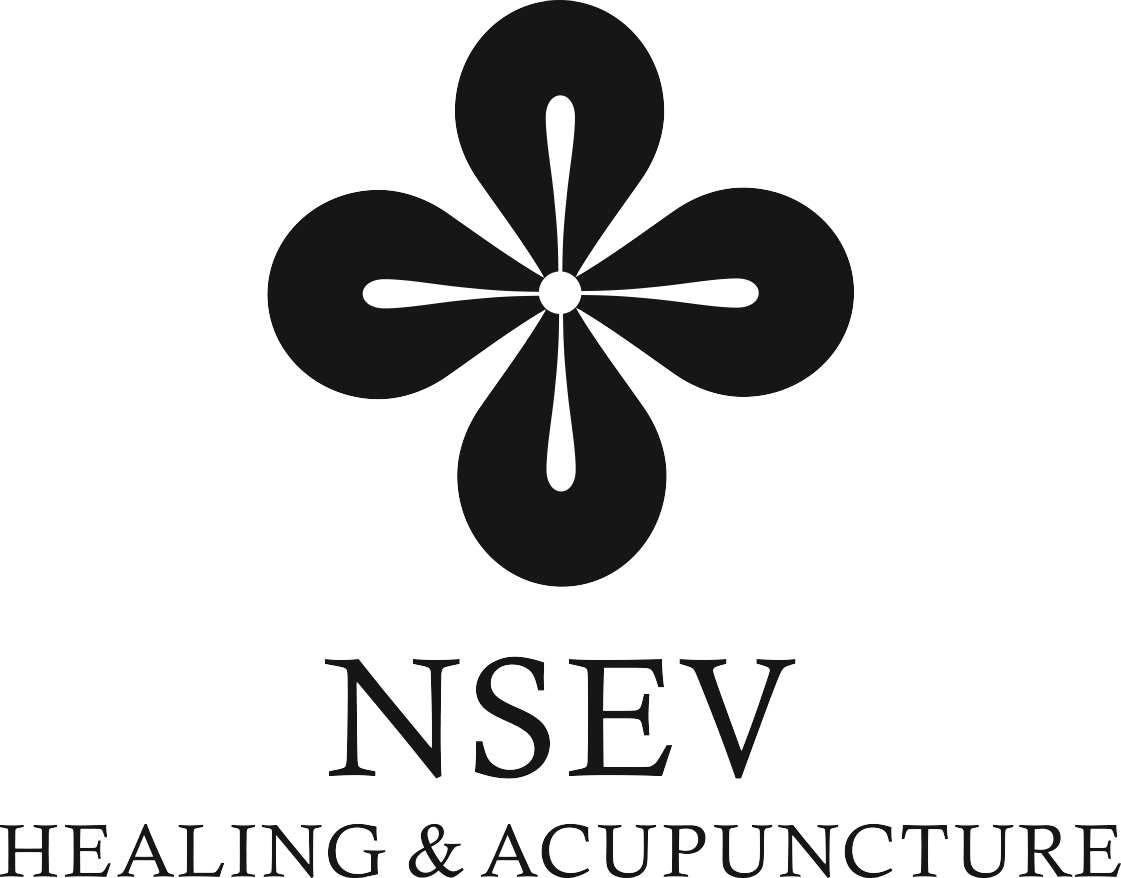Our Constantly Changing Cosmos
We tend to think of ourselves as a “permanent structure” to which change is occuring. Perhaps it would be more useful to view ourselves as a constantly, changing phenomena that is “structuring change” in particular and predictable ways.
We (the I part of we) are one of the 10,000 (limitless) things that emerge from this universal play of constant change. We are simultaneously acted on by this change and are the act of change itself.
Here we can see structuring as a swirling, spiraling dance between constructing and deconstructing, forming and unforming, gathering and letting go, birthing and dying.
The very nature of this changing dynamic is itself constantly changing in time and space.
What is perceived from one perspective, as a death, is from another perspective, a birth.
What is one moment a death is the next moment a birth.
As a particular structuring phenomena moving through time and space we interact with and are interacted on by an infinite number of other “change structuring phenomena”. We are simultaneously awash in and engorged with the structuring and destructuring universe that is the cosmos and beyond.
This constant change can be experienced in cycles. The breath cycle, the daily cycle, the monthly cycle, the yearly cycle, our life cycle. Our inhalation & exhalations, our rising from and going to sleep, the dark moon to the full moon, winter to summer and our birth to our death.
All & always the constant interplay that is our constantly changing cosmos.



